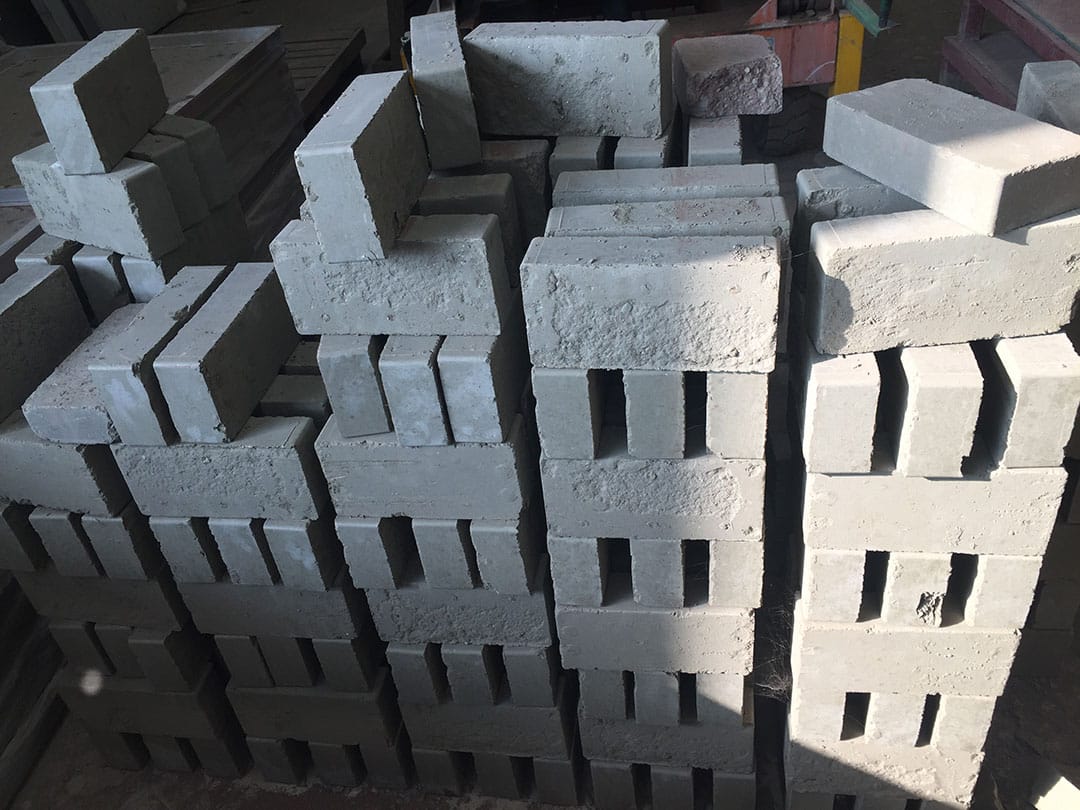
The Growing Appetite for Polymer-Modified Concrete
Recent discussions, such as the IRF-NEX Webinar on Polymer Concrete, highlight the expanding demand for alternatives to conventional construction materials. This shift is driven by the need to enhance performance while lowering the environmental impact of large-scale construction projects. Polymer-modified concrete offers several advantages over traditional concrete mixes, including improved durability, resistance to environmental factors, and more sustainable production processes.
AggreCrete, introduced by AggreBind more than a decade ago, has long anticipated this trend. As a hydrophobic polymer additive, AggreCrete significantly enhances the properties of traditional cement, making it more resistant to water, temperature variation, cracks, and erosion—key concerns in large infrastructure projects. Additionally, it allows for the inclusion of recycled materials, reducing waste and lowering overall costs; bringing circularity to concrete.
What is Polymer-Modified Concrete

One of the key differentiators of AggreCrete is its ability to act as a water-resistant binder, reducing the need for high volumes of cement while achieving the same, if not better, results. A typical AggreCrete concrete mix can replace up to 30% of traditional cement, offering substantial savings in both materials and environmental impact. According to testing conducted by AggreBind, AggreCrete-treated concrete can exhibit a tensile strength increase of up to 12% compared to standard concrete, while still being able to utilize waste materials in construction.
AggreCrete’s Key Advantages
-
- Enhanced Durability
AggreCrete’s polymer properties make the concrete mix more resilient to extreme weather conditions, water ingress, and freeze-thaw cycles. This results in longer-lasting infrastructure, significantly reducing the need for repairs and replacements. - Environmental Sustainability
Construction has a huge environmental footprint, especially when using cement-based materials. The cement production process is highly energy-intensive and accounts for approximately 8% of global CO2 emissions; one kg of cement creates 0.8 kg of CO2 By replacing a portion of cement with AggreCrete, the overall environmental impact of construction is reduced, contributing to sustainability goals across industries. In addition, AggreCrete allows for the integration of recycled materials in concrete, including construction waste and industry by-products, which not only reduces waste in landfills but also provides a cost-effective alternative to traditional aggregates.
- Enhanced Durability

- Cost Efficiency
The cost-saving potential of AggreCrete is significant. Traditional concrete mixtures require high volumes of imported materials such as aggregates and sand. With AggreCrete, these materials can be substituted with locally available soils and industrial by-products, dramatically lowering transportation and material costs. Furthermore, its quick curing time means that projects can be completed faster, reducing labor costs. In practical applications, AggreCrete has demonstrated that it can reduce overall project costs by up to 25%, particularly in large-scale infrastructure projects. - Water Resistance and Flexibility
One of AggreCrete’s most impressive characteristics is its hydrophobic nature, which makes it ideal for use in environments exposed to water, such as coastal roads or buildings in high-rainfall areas. Tests have shown that concrete treated with AggreCrete maintains its strength and surface integrity even after prolonged exposure to water and freeze-thaw cycles.
Meeting the Future of Infrastructure Construction with AggreCrete
The rising demand for polymer-modified concrete solutions signals a shift towards more sustainable, durable, and cost-effective infrastructure. AggreCrete, with its advanced long-string, cross-linking copolymer technology, is uniquely positioned to meet this growing demand. By delivering stronger, longer-lasting, and more environmentally friendly concrete solutions, AggreCrete is helping pave the way for the future of infrastructure construction.
Whether you’re building roads, bridges, or commercial developments, AggreCrete offers a clear advantage over traditional materials. It’s time to embrace the future of construction, and with AggreCrete, that future is stronger, more resilient, and more sustainable.
Contact us for more information on how AggreCrete can transform your construction, today.
